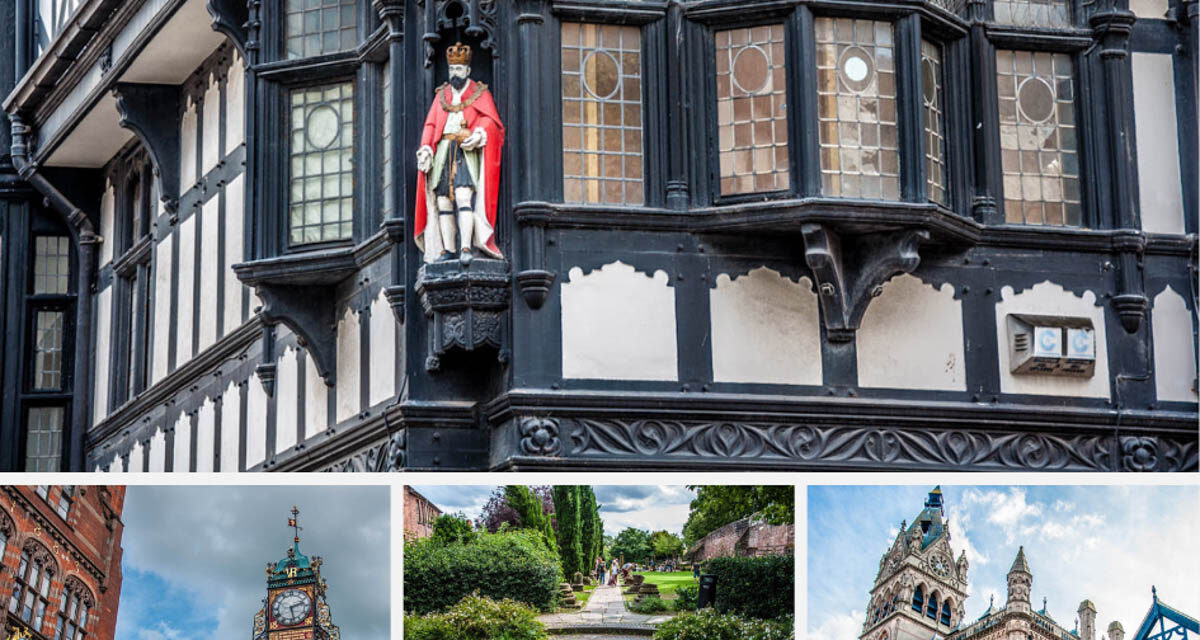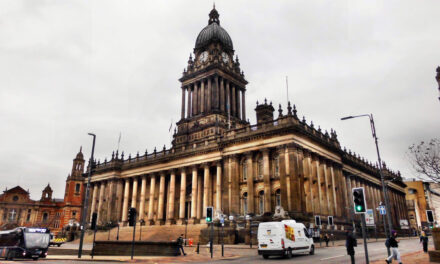Chester
The city of Chester is to be found in the North West of England and is on the River Dee which is close to the border with Wales. It was granted city status in 1541, and it is a city that has a rich and varied history. It began life as a “Castrum” or Roman fort during the reign of Emperor Vespasian in 79 AD and was originally called Deva Vietrix. In 2011, Chester had a population of 79,645 and now only Warrington is a larger settlement in Cheshire.
Deva Vietrix was a major Roman army camp and went on to become a significant civilian settlement. Then, in 689 AD, the Minister Church of West Mercia was founded by King Aethelred of Mercia and later became Chester’s first cathedral.
When the Normans invaded England, Chester was one of the last cities to fall, and, consequently, William the Conqueror constructed a castle to enable him to dominate the surrounding areas including the Welsh border.
Today Chester is littered with many black-and-white buildings which are Victorian restorations, and in addition, there are quite a few medieval buildings to admire. The walls that surround the city run for nearly two miles and can be walked upon, and are now Grade I listed in status.
The city has much to offer the visitor but it is worth noting that a lot of the land in the area is owned by the Duke of Westminster whose family name is Grosvenor and this is reflected in names like Grosvenor Park, Grosvenor Hotel and Grosvenor Bridge. The Duke also owns an estate called Eaton Hall which is near the village of Eccleston.
In normal times, there is a plethora of things to do in Chester such as a visit to the cathedral or Roman amphitheatre. There are many festivals (mystery plays, a summer music festival, a literature festival) and much sport to watch or participate in. The main buildings in the city centre are the cathedral and town hall but there is much architecture to admire – notably that designed by John Douglas who is famous for his twisted chimney stacks. Interestingly, all the buildings belonging to the estate of Westminster have a ‘Grey Diamond’ in the red brick which helps to identify their ownership.
It is worth noting that there was a lack of affordable housing in Chester at the end of World War II and consequently, a large area of farmland was initially developed as residential areas in the 1950s and early 1960s. Happily, in 1969, an emphasis began to be placed on saving historic buildings in the city.
Chester Appears in the December 2020 Issue of From the Horse’s Mouth which you can read from the link below:-
fromthehorsesmouth.org.uk/fthm-december-2020-issue-72
If you fancy being a ‘modern settler’ in the city of Chester, there are many education facilities that you or your children could benefit from – both state-funded and independent. There is also the University of Chester which is the principal provider of tertiary education.
It would be remiss of me not to mention Chester Racecourse which hosts several flat races from spring to autumn and includes the Chester Vase which is, in effect, a trial for The Derby.
Here I have tried to take a brief look at Chester but you should be also be aware that not only is it is worth visiting the city of Chester but also the wonderful Chester Zoo.
* With a lot of help from Wikipedia
Read more of Dean’s Places here:
fromthehorsesmouth.org.uk/category/deans-places




Recent Comments